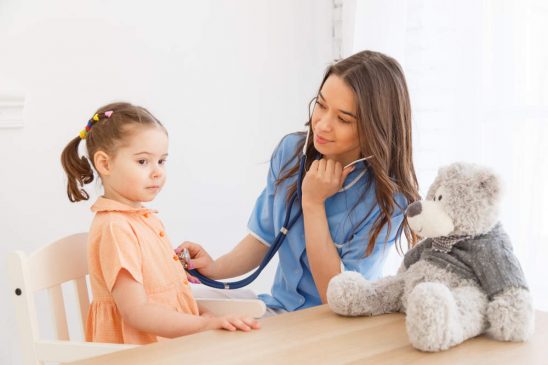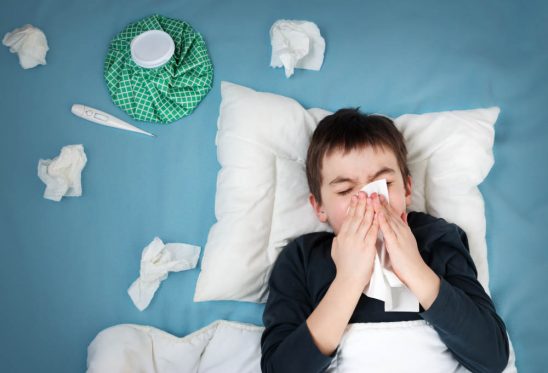Hand washing may be a simple chore, but it can be a difficult habit for children to build. In fact, a close examination of some adults’ handwashing habits might reveal that even those who have cleansed their hands for years may not know the correct steps.
Teaching Handwashing Habits for Children
It is vital to learn how to wash your hands correctly and how to teach your child to do the same because this can literally be a life-saving task. Hand washing removes germs from the hands and prevents them from being transferred to other surfaces, to other people’s hands, to food, and even into one’s eyes, nose, or mouth. This season of COVID-19 has especially shown how much hand washing can help. Even the CDC has made this a major recommendation for preventing the spread of the virus.
You can easily teach your children how to wash their hands with these five quick steps.
- Turn on warm water, and wet the hands.
- Use bar soap or soft soap to create a lather.
- Scrub all areas of the hands and fingernails for at least 20 seconds.
- Rinse hands under warm water.
- Dry hands with a clean towel or paper towel.
In addition to these five steps, follow these additional tips to make the experience as fun and as effective as possible.
- Help your children know how to get warm water out of the faucet. Children who are scared of getting hot water may turn on only the cold water, decreasing the effectiveness of handwashing.
- You can make handwashing fun and get your children to scrub their hands long enough by asking them to sing the happy birthday song or the A, B, C song while they scrub.
- Make sure that children are scrubbing all areas of their hands, including their palms, the backs of their hands, between their fingers, and around their fingernails, during each washing.
- Show children how to use a paper towel to turn off the faucet in a public restroom to avoid recontamination.
Knowing how to wash your hands is one of the simplest ways to prevent the spread of many illnesses. By teaching your children effective hand washing methods now, you can set them up for improved health for the rest of their lives.




